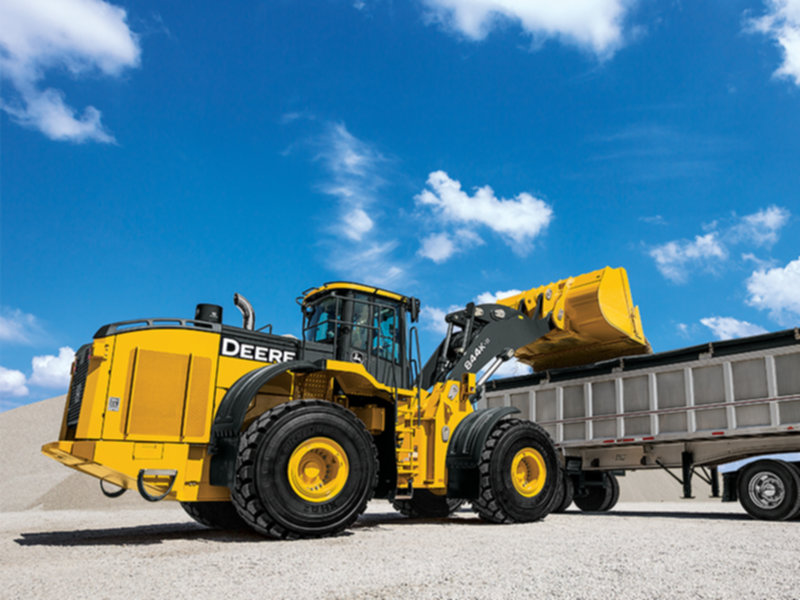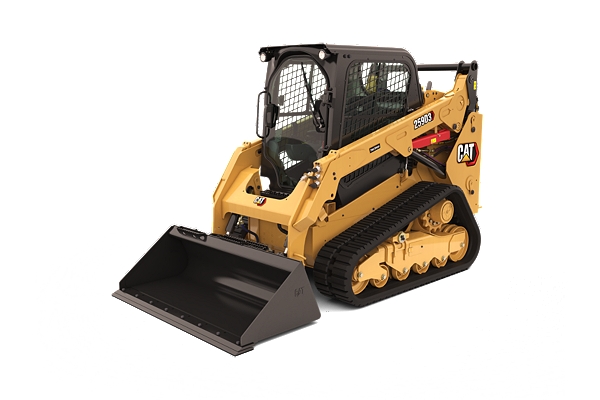Forklift Rental Services for Industrial and Commercial Use
Wiki Article
Renting Vs. Acquiring Building Tools: Making the Right Selection for Your Project
When embarking on a building project, one of the crucial choices that forecast supervisors and stakeholders face is whether to purchase or rent out building tools. The decision pivots on different variables such as price considerations, job period, equipment maintenance, risk, versatility, and scalability management.Price Factors To Consider
When examining the economic element of acquiring versus renting building and construction tools, the upfront prices and long-term costs have to be carefully considered. Renting out tools commonly calls for lower preliminary repayments contrasted to buying, making it an attractive choice for short-term tasks or professionals with budget plan constraints. Renting eliminates the requirement for huge resources investments and lowers the economic threat related to equipment possession, such as upkeep and devaluation costs. However, over time, continuously leasing tools can collect greater expenses than acquiring, specifically for extended jobs.On the other hand, buying building tools entails higher ahead of time expenses yet can result in long-lasting financial savings, particularly for long-lasting jobs or constant customers. Ultimately, the choice between leasing and buying building equipment pivots on the project's duration, frequency of usage, spending plan considerations, and long-term financial objectives.
Project Duration

Alternatively, for long-term projects or continuous building and construction job, buying devices might be the extra affordable option. Acquiring tools can cause set you back savings in the future, specifically if the equipment will certainly be frequently used. Additionally, having equipment provides a sense of control over its availability and permits for personalization to fit specific task requirements.

Equipment Upkeep
Offered the crucial role task duration plays in identifying the most cost-efficient approach between leasing and buying building tools, the emphasis now moves in the direction of taking a look at the necessary facet of equipment upkeep. Proper maintenance is important for guaranteeing the optimal efficiency and longevity of building and construction tools. Leasing equipment commonly comes with the benefit of having actually well-maintained equipment supplied by the rental company. This can relieve the burden of upkeep tasks from the task owner or professional, conserving time and initiative. On the other hand, possessing devices calls for an aggressive method to maintenance to avoid failures, guarantee safety, and extend the equipment's life-span. Routine inspections, maintenance, and timely repairs are required to keep owned devices in leading working condition. Consider maintenance expenses when making a decision between renting out and purchasing, as disregarding maintenance can result in expensive repairs, downtime, and job hold-ups. Ultimately, a well-kept building devices fleet, whether rented out or owned, is vital for the effective and efficient completion of building and construction tasks.Versatility and Scalability
In the realm of building devices administration, the aspect of versatility and scalability holds significant significance for project effectiveness and resource usage. Choosing to rent building and construction devices supplies a high degree of adaptability as it permits for the fast adjustment of equipment types and quantities based on the evolving requirements of a project. Renting out enables specialists to access a vast array of specific equipment that may be required for details jobs without the long-lasting commitment of ownership. This versatility is especially helpful for jobs with varying requirements or unsure durations (equipment rental company).Leasing building and construction tools uses the benefit of quickly scaling operations up or down as task demands fluctuate. Professionals can promptly trade or include devices to match the project's altering demands without the constraints of possessing properties that may become underutilized or outdated.
Risk Monitoring
Reliable threat administration in building and construction equipment procedures is vital to making certain job success and mitigating prospective financial losses. Construction tasks inherently entail different dangers, such as devices break downs, accidents, and task delays, which can considerably affect the task timeline and spending plan. By carefully taking into consideration the dangers connected with owning or renting out building and construction devices, project managers can make informed decisions to minimize these potential hazards.Renting out building and construction equipment can offer a degree of danger mitigation by moving the obligation of upkeep and repair services to the rental firm. This can reduce the economic concern on the task proprietor in situation of unforeseen tools failures (heavy equipment rental). In addition, renting out gives the adaptability to accessibility customized devices for particular job phases, lowering the danger of possessing underutilized machinery
On the other hand, having building equipment supplies useful link a sense of control over its usage and upkeep. Nevertheless, this additionally indicates birthing the full responsibility for fixings, maintenance expenses, and devaluation, enhancing the monetary threats linked with tools ownership. Mindful threat assessment and consideration of variables such as job period, devices utilization, and maintenance requirements are crucial in establishing one of the most suitable alternative for efficient danger management in building tasks.
Verdict
Finally, when making a decision between renting out and acquiring construction tools, it is necessary to take into consideration price, task period, devices upkeep, adaptability, scalability, and risk management. Each aspect plays a vital role in figuring out the most appropriate option for the job heavy duty ring roller at hand. By very carefully reviewing these facets, task managers can make an educated decision that straightens with their budget, timeline, and overall task goals.
Report this wiki page